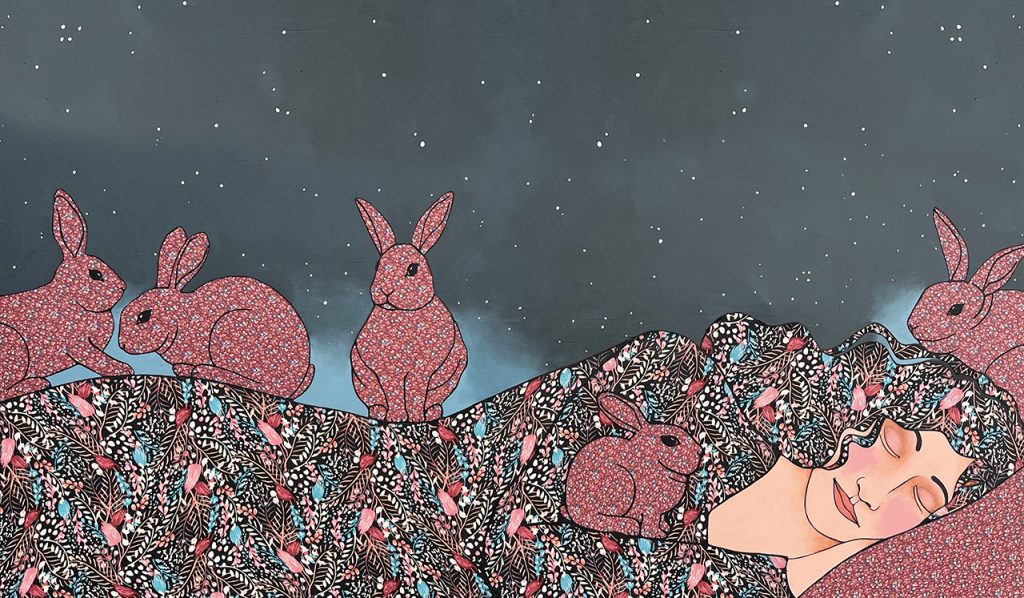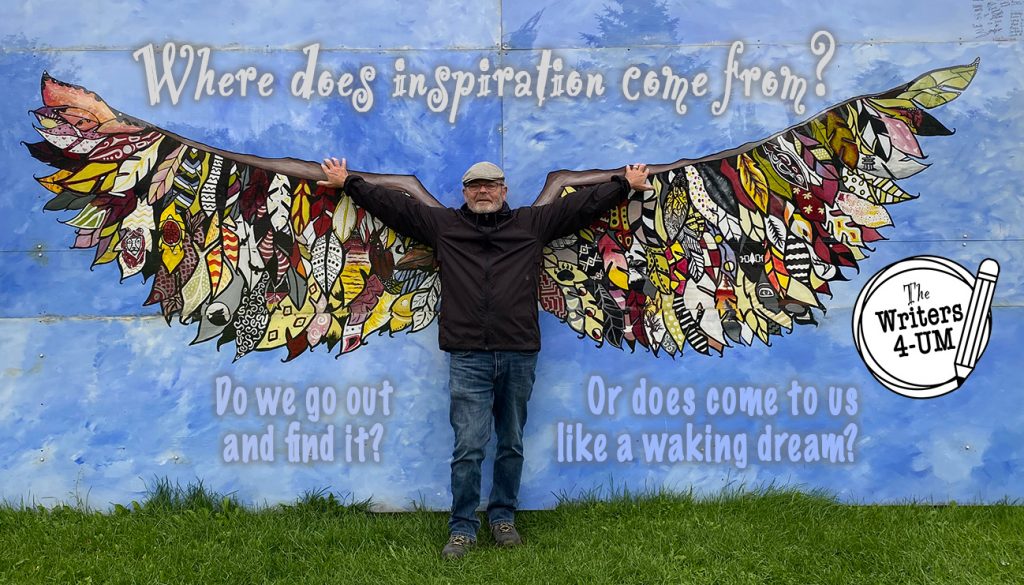
If you are interested in a workshop that engages participants in responsive writing to shared images (photos & paintings), please contact me. More info below…
Every picture tells a story, which makes art a source of inspiration for writers. The same goes for music, dance, and every other art form out there, but the visual arts, especially, are a trove of ideas.
Open up a family photo album and memories are triggered by the images you see. That’s a source for writers whose chosen genre is memoire. But images from other collections can also inspire.
What if your mode is historical fiction? Take a walk around Chemainus and every wall comes to life in your imagination. You can feel yourself being drawn into the large-as-life scenes and back in time—hear sails luffing, wagons clattering, trains chuffing, the rhytmic stroke of paddlers in dugout canoes.
Is there an image that inspires you? Perhaps it’s not even a specific picture, but a sequence made up of many related images, times, and places.
Craig Spence was inspired to write Waking Dream when he saw Diana Durrand’s mixed media piece Be Still and They Will Come, which has been displayed at the Cowichan Valley Performance Centre. Art galleries are great places to go in search of inspiration!
Stories or poems inspired by images aren’t descriptive exercises; they are works of art in their own right, which add a literary dimension to what you are experiencing.
Art, in the deepest sense of the word, is not meant to be ‘looked at’—or read, for that matter; it’s meant to be ‘invoved in’. Looking at a painting, or reading a story, becomes an imaginative act-—it’s participatory. So stories and poems based on imagery are works of art in their own right.
Would you like to participate in a free workshop built around responsive writing to shared images?
Waking Dream
They came to her
in a dream
on paws as soft
as evening light
They huddled in
the contoursof her restless soul
creatures of the land
between day and night
And she lay perfectly
still…
For an eternity…or so it seemed
Aware only of their being
and her delight
She dared not move
or even think…
of stirring…
for if she did
her moment…
she knew…
would take flight.
Craig Spence
